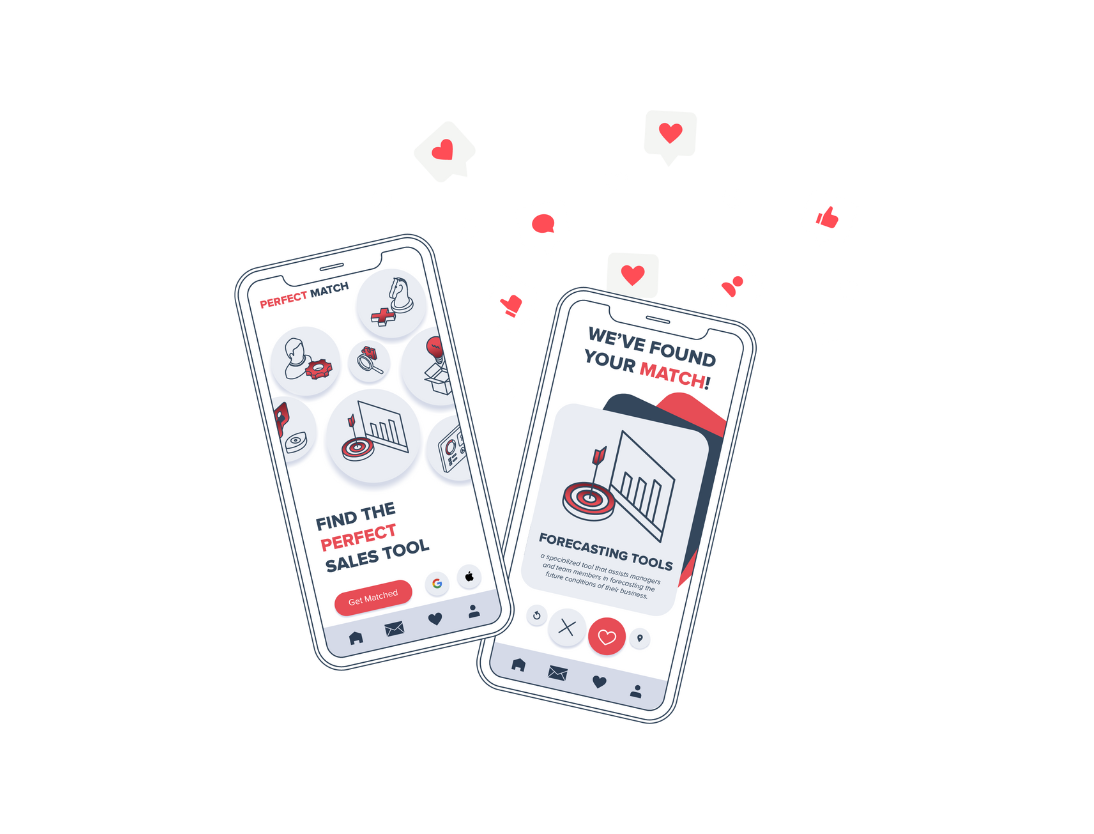In this comprehensive guide, we will explore strategies, best practices, and tools to drive user adoption in HubSpot, ensuring a smooth transition and maximizing user engagement.
User adoption is a critical factor in the success of any HubSpot CRM implementation. While technical aspects such as data migration and system configuration are important, the true value of the CRM lies in how well users embrace and utilize its capabilities.
Strategies for effective user adoption
How can organizations drive effective user adoption among their sales teams when switching to a new CRM like HubSpot?
The right strategies make all the difference.
By tailoring training sessions, creating comprehensive documentation, fostering engagement through webinars and workshops, highlighting the benefits, and providing ongoing support and feedback channels, organizations can empower their teams to fully leverage HubSpot.
Let's explore these strategies in more detail:
- Personalised training sessions: Sales teams have diverse roles and skill levels, and it is essential to recognize the unique requirements of different team members. For instance, a sales representative may have a different focus compared to a sales leader. While a sales rep aims to understand how to utilize the tool to effectively close deals, a sales leader's emphasis might be on reporting and activity tracking to drive team performance. By tailoring training sessions to address these specific needs, organizations can ensure that their sales teams are well-equipped to make the most of HubSpot in their respective roles.
- Documentation and resources: Comprehensive documentation, user guides, video tutorials, and FAQs are invaluable resources for sales teams transitioning to HubSpot. These materials should cover a wide range of topics and cater to different learning styles and preferences. Easy access to these resources enables sales teams to quickly reference and apply their learning, accelerating their adoption process.
- Engagement through workshops and drop-in clinics: Encourage users to actively participate in workshops and educational resources. These interactive sessions, along with the addition of drop-in clinics, offer valuable insights, best practices, and real-world examples that deepen their understanding of HubSpot's capabilities. The workshops provide a structured environment for learning, while the drop-in clinics offer a more flexible approach, allowing individuals to seek immediate assistance and ask questions they may have at a specific time on a designated day. Engaging with peers and industry experts in both workshops and drop-in clinics fosters a sense of community, creating a supportive learning environment that inspires sales teams to explore new strategies.
- Highlighting benefits: Showcase the benefits of utilizing HubSpot effectively. Illustrate how the CRM drives efficiency, improves productivity, and contributes to achieving sales goals. Emphasize how HubSpot's features, such as streamlined lead management, automated workflows, and robust reporting, empower sales teams to close deals faster and drive revenue growth.
- Feedback channels: Create channels for users to provide feedback, share their experiences, and ask questions. This two-way communication fosters engagement and continuous improvement.
- Champions and ongoing support: Assign a team of experts who can address user queries promptly and provide ongoing support. Their expertise and availability ensure that users receive the assistance they need throughout their HubSpot journey.
With these strategies in place, organizations can foster a culture of user adoption, enabling users to harness the power of HubSpot and achieve their organizational goals with increased efficiency and productivity.
Measuring user adoption
Having implemented the right strategies to enhance user adoption, it is essential to measure and analyze the effectiveness of these efforts.
Measuring user adoption provides valuable insights into the success of your HubSpot implementation and helps identify areas that may require additional support or improvement.
By establishing metrics and measurement frameworks, organizations can gain a deeper understanding of user engagement and make data-driven decisions to optimize their user adoption strategies
Let's explore five key considerations when measuring user adoption in HubSpot:
- User activity: Tracking user activity allows you to monitor how frequently users interact with HubSpot. This metric can include the number of logins, the frequency of CRM usage, the creation and completion of tasks, and the overall level of engagement. Analyzing user activity provides a clear picture of how actively users are utilizing the CRM system and helps identify potential areas where users may need additional support or training.
- Feature adoption rates: Assessing feature adoption rates helps determine how well users are embracing and utilizing specific functionalities within HubSpot. By monitoring the usage of various features, you can identify which features are being utilized effectively and which might require further promotion or training. This data enables you to tailor your training and communication efforts to drive adoption of underutilized features and maximize the value users derive from HubSpot.
- User feedback and satisfaction levels: Gathering user feedback and measuring satisfaction levels through surveys, interviews, or feedback channels provides valuable qualitative data. Understanding user experiences, pain points, and satisfaction levels helps identify areas of improvement and informs strategies for enhancing user adoption. By addressing user feedback, you can make targeted improvements to the CRM system, address usability issues, and ensure user satisfaction.
- Adoption timeframe: Evaluating the adoption timeframe helps you understand how quickly users are becoming proficient with HubSpot. By tracking the time it takes for users to become comfortable and proficient in using the CRM system, you can assess the effectiveness of your training and onboarding processes. This metric helps identify any bottlenecks or areas where users may require additional support or training resources.
- User success stories and case studies: Highlighting user success stories and case studies can provide anecdotal evidence of successful user adoption. By showcasing real-life examples of how HubSpot has positively impacted users and their organizations, you can inspire and motivate other users to embrace the CRM system. User success stories also serve as a powerful advocacy tool and can help generate enthusiasm and excitement around HubSpot.
By regularly monitoring and analysing these adoption metrics, you can gain a comprehensive understanding of user engagement and identify areas for improvement.
The data collected enables you to make data-driven decisions to optimize training programs, enhance user experiences, and drive continuous improvement in HubSpot user adoption.
Remember that user adoption is an ongoing process, and these metrics should be regularly reviewed and refined to align with evolving business needs and goals.
Tools to enhance user adoption
In order to optimise user adoption in HubSpot, the strategic utilization of tools is key. Let’s take a closer look at three different options:
- Customized dashboards and reports: Enable users to create personalized dashboards and reports that align with their specific roles and objectives. This empowers users to track key metrics and derive actionable insights.
- Gamification elements: Implement gamification elements within the HubSpot platform to make the user experience enjoyable and engaging. Features such as badges, leaderboards, or challenges motivate users to complete tasks, achieve goals, and foster healthy competition.
- Automation and workflows: Leverage HubSpot's automation capabilities to simplify processes and streamline workflows. By reducing manual effort and automating repetitive tasks, users can focus on more strategic activities.
In conclusion, employing the right tools is instrumental in driving user adoption within HubSpot.
By providing users with the ability to tailor their dashboards and reports, introducing gamification elements to foster enjoyment and motivation, and leveraging automation and workflows for increased efficiency, organizations can create an environment that encourages users to fully embrace HubSpot's capabilities.
Furthermore, ensuring regular communication and updates, gathering valuable user feedback, and offering advanced training sessions and certifications contribute to a user-centric approach that fosters long-term adoption and empowers users to become champions within the organization.
Ensuring long-term user adoption
User adoption is an ongoing, long-term effort, and it is essential to implement strategies that keep users engaged with HubSpot over time.
Here are some key strategies to help organizations maintain user adoption and maximize the platform's benefits:
- Regular communication and updates: Continuously share information about new features, updates, and improvements to keep users informed and excited about HubSpot. Regular communication ensures that users stay engaged and aware of the platform's evolving capabilities.
- Gather feedback through surveys, interviews, or focus groups: Actively seek input from users to understand their experiences, challenges, and suggestions for improvement. Incorporating user feedback into decision-making processes demonstrates a commitment to meeting user needs and continuously enhancing the platform.
- Incorporate user suggestions into the development roadmap: Value user input by incorporating their suggestions into the future development plans of HubSpot. This collaborative approach makes users feel heard and involved, fostering a sense of ownership and investment in the platform.
- Provide advanced training sessions, webinars, or certifications: Offer opportunities for users to expand their knowledge and skills through advanced training sessions, informative webinars, or certifications. Continuously investing in user education ensures that users stay proficient and up-to-date with HubSpot's advanced features and functionalities.
By implementing these strategies, organizations can ensure that user adoption remains strong and that users continue to derive value from HubSpot in the long term.
Conclusion
Achieving successful HubSpot user adoption is a journey that requires expertise and support. As a trusted HubSpot partner, Huble is well-equipped to guide you through this process.
Our experienced team can provide valuable insights, personalized guidance, and assistance to help you drive user adoption and maximize the benefits of HubSpot.
Contact our team today to learn more and take your user adoption efforts to the next level.













